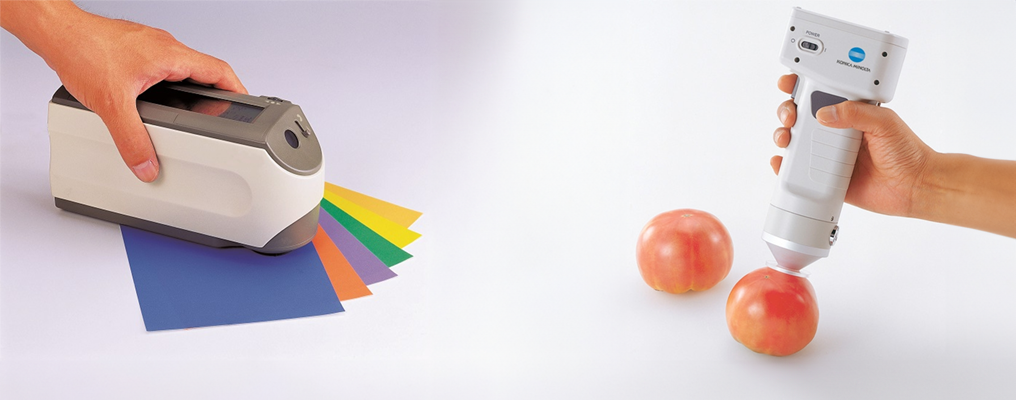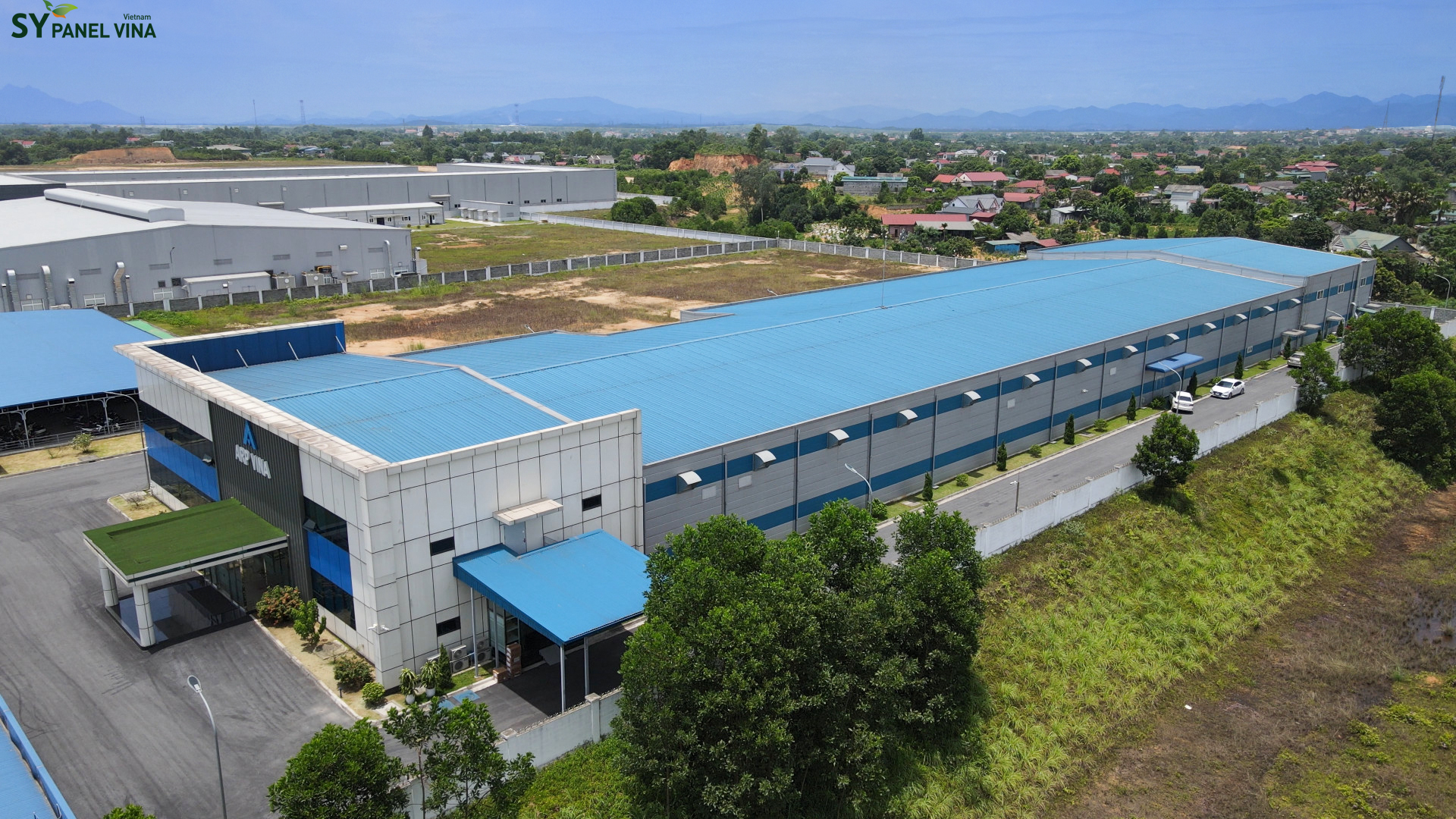Steel is one of the most essential and irreplaceable materials in modern construction and industry. For newcomers looking to understand the steel industry, grasping the basic knowledge about steel, the common types of steel, how to distinguish them, and their specific uses in different fields is crucial. This article will help you approach the steel industry easily and effectively.
Basic Knowledge About Steel
Steel is an alloy of iron with other elements, primarily carbon, which enhances the hardness and strength of iron. Depending on the carbon content and other alloying elements, steel can have different properties suitable for various applications.
Common Types of Steel on the Market Today
There are many types of steel available on the market today, each with unique characteristics and applications:
- Carbon Steel: This type of steel has a high carbon content, ranging from 0.05% to 2.1% by weight. Carbon steel is strong, easy to work with, and cost-effective, making it commonly used in construction and tool manufacturing.
- Alloy Steel: Alloy steel is mixed with other elements like chromium, nickel, and molybdenum to enhance properties such as strength, ductility, and corrosion resistance. It is often used in the automotive, aerospace, and oil and gas industries.
- Stainless Steel: Containing at least 10.5% chromium, stainless steel forms a protective oxide layer that prevents rusting. It is widely used in the medical, food, and outdoor construction sectors.
- Tool Steel: This type of steel contains elements like tungsten, molybdenum, cobalt, and vanadium, giving it high hardness and heat resistance. It is typically used for making cutting and forming tools.
How to Distinguish Different Types of Steel
To differentiate between types of steel, we can consider the following factors:
- Carbon Content:
- Low Carbon: Steel with low carbon content (less than 0.25%) is highly ductile, easy to work with and weld. It is mainly used in construction and household products.
- Medium Carbon: Steel with 0.25% to 0.60% carbon content balances ductility and hardness. It is often used in machinery and equipment manufacturing.
- High Carbon: Steel with high carbon content (more than 0.60%) has high hardness and strength but is less ductile and harder to weld. It is typically used for making cutting tools, molds, and high-stress components.
- Alloying Elements:
- Chromium (Cr): Enhances corrosion resistance, hardness, and strength. Chromium-containing steel is commonly used in stainless steel and high-strength parts.
- Nickel (Ni): Improves ductility and corrosion resistance. Nickel-containing steel is often used in harsh environments and low temperatures.
- Molybdenum (Mo): Increases hardness and heat resistance. Molybdenum-containing steel is used in applications requiring high heat and stress resistance, such as in the oil and gas industry.
- Mechanical Properties:
- Hardness: Determined by the ability to resist deformation when subjected to force. High hardness steel resists wear but is typically less ductile.
- Ductility: The ability to deform without breaking. High ductility steel is easy to work with and bend.
- Heat Resistance: The ability to maintain mechanical properties at high temperatures. Heat-resistant steel is used in industries like thermal power, metallurgy, and engine manufacturing.
- Corrosion Resistance: The ability to resist environmental degradation such as air, water, and chemicals. Corrosion-resistant steel is used in marine, chemical, and medical equipment.
Which Type of Steel to Use in Various Fields
Steel has diverse and rich applications across many fields, including construction, automotive, medical and food industries, tool manufacturing, and household goods. Here is a more detailed breakdown for each sector:
- Construction:
- Carbon Steel: Due to its high strength and reasonable cost, carbon steel is widely used in building structures such as bridges, skyscrapers, and infrastructure. It provides excellent load-bearing capacity, ensuring stability and safety for constructions.
- Alloy Steel: Alloy steel, with elements like chromium, nickel, and molybdenum, offers superior strength and corrosion resistance. It is often used in constructions requiring high durability and weather resistance, such as chemical plants, thermal power plants, and outdoor structures.
- Automotive Industry:
- Alloy Steel: Used for critical automotive components like frames, camshafts, and gears due to its high strength and durability. Alloy steel ensures the safety and performance of vehicles.
- Stainless Steel: With excellent corrosion resistance, stainless steel is used for parts exposed to wet or chemical environments like exhaust systems, fuel tanks, and interior details. This helps extend the lifespan and durability of automotive components.
- Medical and Food Industry:
- Stainless Steel: The top choice for producing medical instruments like scalpels, scissors, and needles due to its safety and corrosion resistance. Stainless steel is also used in medical devices like MRI machines, X-ray equipment, and hospital beds.
- Food Industry: In food processing, stainless steel is used to make processing equipment, storage tanks, and piping systems, ensuring food safety and high durability.
- Tool Manufacturing:
- Tool Steel: With high hardness and heat resistance, tool steel is used to make cutting tools like knives, scissors, drill bits, and molds. It ensures precision and efficiency in machining processes.
- Special Alloy Steel: Used for making special tools requiring high hardness and strength, such as tools in the aerospace and aviation industries.
- Household Goods:
- Stainless Steel: Widely used in manufacturing household items like pots, pans, sinks, and kitchen appliances. Its corrosion resistance, high durability, and ease of cleaning ensure long-lasting and safe products.
- Carbon Steel: With good load-bearing capacity and reasonable cost, carbon steel is used to make household items like knives, scissors, and other kitchen tools, providing high usability and long-lasting durability.
How to Recognize Quality Steel for Beginners
To identify quality steel, consider the following factors:
- Surface of the Steel:
- Smooth Surface: High-quality steel usually has a smooth, even surface without bumps or roughness. This not only enhances aesthetics but also ensures easy processing and use.
- No Rust: Quality steel will not have rust stains, discoloration, or oxidation marks. Rust spots can indicate poor quality or improper storage, reducing the lifespan and performance.
- No Holes: Standard steel will not have holes, cracks, or other surface defects. These flaws can affect the mechanical properties, reducing strength and safety during use.
- Quality Certification:
- Manufacturer Certification: High-quality steel products often come with a certificate of quality from the manufacturer. This certificate includes detailed information about the chemical composition, manufacturing process, and quality test results.
- Compliance with International Standards: High-quality steel usually complies with international standards such as ASTM, ISO, JIS, or corresponding national standards. This ensures that the steel is manufactured under strict processes and meets specific technical requirements.
- Traceability: The quality certificate also helps trace the origin of the steel, from raw materials to the final product, ensuring transparency and reliability.
- Mechanical Testing:
- Hardness Testing: Hardness tests determine the steel's ability to resist deformation under force. Quality steel will have hardness appropriate to its intended use, ensuring durability and wear resistance.
- Ductility Testing: Ductility tests evaluate the steel's ability to deform without breaking. High-quality steel will have good ductility, making it easy to work with and capable of withstanding mechanical impacts without cracking.
- Heat Resistance: Heat resistance tests determine the steel's ability to maintain mechanical properties at high temperatures. Quality steel will retain its strength and ductility even in high-temperature environments, suitable for heat-resistant applications.
About SYSTEEL VINA
SYSTEEL VINA is one of the leading companies in steel production and supply in Vietnam. With years of experience and a team of seasoned experts, SYSTEEL VINA is committed to delivering high-quality steel products that meet international standards. The company not only focuses on product quality but also continuously improves production processes to protect the environment and promote sustainable development.
Related Posts:
Color Coated Steel Over Conventional Steel
The Steel Industry Forecast for the Next 5 Years
Conclusion
Steel is an indispensable material in many industries. Understanding the different types of steel, how to distinguish them, and their specific applications will help you choose the most suitable steel. Recognizing quality steel is also crucial for ensuring safety and efficiency in use. SYSTEEL VINA, with its proven reputation and quality, remains the top choice for all your steel needs.





548.jpg)
